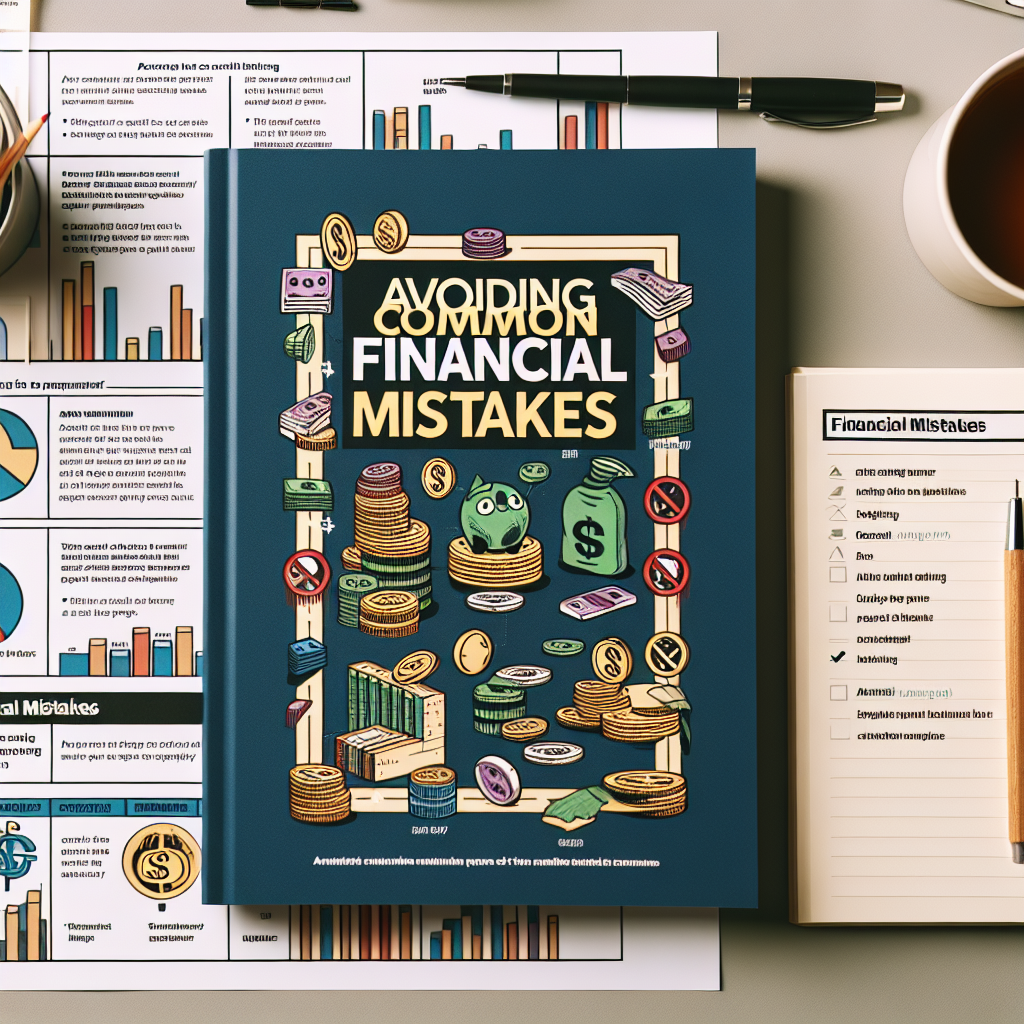
Investing can seem intimidating for beginners, but with the right strategies, anyone can build wealth and achieve financial security. Understanding how to allocate your money wisely can make a significant difference in your financial future. Whether you’re looking to grow your savings, prepare for retirement, or simply make your money work for you, these five investment strategies will set you on the right path.
1. Dollar-Cost Averaging (DCA)
Dollar-cost averaging (DCA) is an investment strategy that involves consistently investing a fixed amount of money at regular intervals, regardless of market fluctuations. This method reduces the risk of investing a large sum at the wrong time and allows investors to benefit from market volatility.
Why It Works
- Reduces the impact of market volatility – By investing regularly, you buy more shares when prices are low and fewer when prices are high, averaging out your cost over time.
- Encourages discipline – DCA helps investors stay committed to investing, rather than making impulsive decisions based on short-term market movements.
- Minimizes emotional investing – Since you invest regardless of market conditions, you avoid the temptation to time the market, which is difficult even for seasoned investors.
How to Implement It
- Set up an automatic investment plan with a brokerage or retirement account.
- Choose a diversified index fund or exchange-traded fund (ETF) to invest in.
- Stick to your plan even during market downturns.
2. Investing in Index Funds and ETFs
Index funds and exchange-traded funds (ETFs) are ideal investment vehicles for beginners due to their low costs and broad diversification. These funds track a specific market index, such as the S&P 500, and offer exposure to a wide range of companies with a single investment.
Why It Works
- Diversification – Index funds and ETFs spread your investment across multiple stocks or bonds, reducing risk.
- Lower fees – Compared to actively managed funds, index funds typically have lower expense ratios.
- Consistent returns – While individual stocks can be risky, broad-market ETFs tend to deliver steady, long-term growth.
How to Implement It
- Open a brokerage account with a platform like Vanguard, Fidelity, or Charles Schwab.
- Select an index fund that tracks a major index like the S&P 500.
- Invest regularly using the DCA method for long-term growth.
3. Reinvesting Dividends
Dividend reinvestment is a strategy where you use the dividends earned from your investments to purchase additional shares instead of taking the cash payout. This accelerates wealth accumulation through the power of compounding.
Why It Works
- Compounds growth over time – The more shares you own, the more dividends you earn, which can be reinvested to buy even more shares.
- No extra effort required – Many brokerages offer automatic dividend reinvestment plans (DRIPs), making it an easy strategy to follow.
- Reduces market timing risks – Regular reinvestments help smooth out volatility.
How to Implement It
- Choose dividend-paying stocks or ETFs.
- Enroll in a DRIP through your brokerage.
- Continue reinvesting dividends to maximize compound growth.
4. Asset Allocation and Diversification
Asset allocation refers to spreading your investments across different asset classes (stocks, bonds, real estate, etc.) to manage risk. Diversification involves selecting a variety of investments within each asset class to further reduce potential losses.
Why It Works
- Reduces risk – A well-diversified portfolio is less affected by the poor performance of a single investment.
- Balances returns and stability – Stocks provide growth potential, while bonds and other assets offer stability.
- Tailors to risk tolerance – Investors can adjust their allocations based on age, goals, and risk appetite.
How to Implement It
- Allocate a percentage of your portfolio to stocks, bonds, and other assets based on your risk tolerance.
- Use ETFs and index funds to diversify within each asset class.
- Rebalance your portfolio annually to maintain your target allocation.
5. Long-Term Investing Mindset
One of the most important strategies for beginners is adopting a long-term perspective. Trying to make quick profits by timing the market often leads to losses. Instead, focus on holding investments for years or decades to benefit from compound interest and market growth.
Why It Works
- Minimizes short-term risks – Over time, the stock market trends upward despite occasional downturns.
- Leverages compound growth – The longer you stay invested, the greater the compounding effect on your returns.
- Encourages patience and discipline – A long-term approach prevents panic selling during market downturns.
How to Implement It
- Invest in strong, diversified assets with a proven track record.
- Avoid frequent buying and selling, which can erode returns due to fees and taxes.
- Stay informed but don’t react emotionally to short-term market changes.
Final Thoughts
Starting your investment journey can be daunting, but by following these five proven strategies, beginners can build a strong foundation for financial success. Whether you choose to invest through dollar-cost averaging, index funds, reinvesting dividends, diversifying assets, or adopting a long-term mindset, the key is consistency and patience. Investing is not about getting rich overnight—it’s about making smart, informed decisions that lead to sustainable growth over time.
By taking the first step today and sticking to a disciplined approach, you can set yourself up for a financially secure future. Happy investing!




